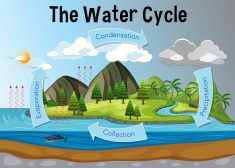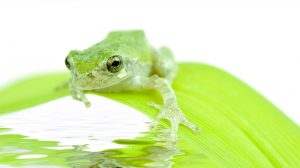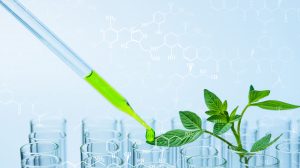Definition
noun, plural: osteoblasts
A type of bone cell that arises from fibroblasts, and upon maturity, becomes associated bone production together with the other osteoblasts
Supplement
Bone cells are found within the bone tissues, and they are responsible for the make-up of the skeleton of vertebrates. The four main types of bone cells are the (1) osteoclasts, (2) osteoblasts, (3) osteocytes, and (4) lining cells.
The osteoblasts are differentiated, mononucleate cells from where bone develops. They are the bone-forming cells. However, individual osteoblasts cannot make bone, rather, they function as groups and connect with each other to form bone. They secrete mainly collagen and few other proteins (e.g. osteocalcin and osteopontin), which serve as the initial components of an organic bone matrix. Later, they secrete calcium phosphate, which hardens and forms the mineral, hydroxyapatite in the bone matrix. Osteoblasts that become trapped in their own secretions become the osteocytes.
The osteoblasts work closely with the osteoclasts. The osteoclasts are bone cells that are large, multinucleated. While osteoblasts are associated with bone formation, the osteoclasts are associated with bone resorption. This goes to show that the bone is a dynamic tissue. The mature bone tissue undergoes a lifelong process of bone resorption (mainly through the action of osteoclasts) and new bone formation (mainly through the action of osteoblasts).
Word origin: osteo– (“bone”) + –blast (“immature cell”)
See also:
Related term(s):





